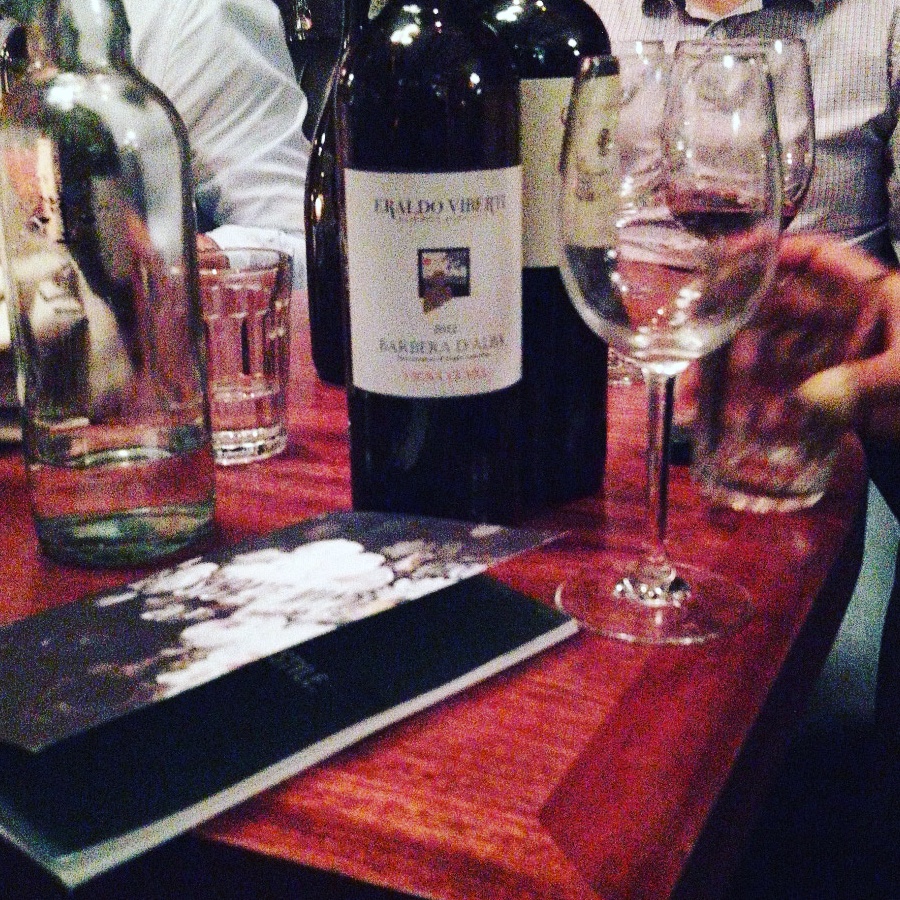Spain. Tarragona. Montsant.
- Valerio Rosellini

- Jul 24, 2022
- 3 min read
Updated: Jun 30, 2024

Wine region description
Montsant wine region covers 17 villages in the counties of Priorat and Ribera d’Ebre in Tarragona province. The landscape is mountainous, with Montsant, La Llena, Prades, Argentera, Mola de Colldejou, and Llaberia mountain ranges. Montsant is a name of a mountain range and of a river in the Ebro River valley, too. Montsant and Siurana rivers, along with Capçanes river, are the main water sources of the vineyards. There are mainly 3 types of soil: compact (from river sediments), gravelly (desegregation of rocks), and stony (from a silica locally called Licorella) soils. The climate is influenced by the mountains, by the Ebro River valley, and by moist sea breezes, and can be classified as Mediterranean with continental aspects. Mountain and sea breezes are responsible for accentuated disparity between day and night temperatures, which in turn are responsible for increased levels of polyphenols in grapes.
First evidence of winemaking in the area dates to the Roman Empire; of that period are discoveries of wine amphoras nearby Tarraco (present day Tarragona) which was the Roman capital in Hispania. Major planting of vineyards occurred in the middle-ages, during the re-population of Catalunya by Christians, after it was ultimately taken from the Moors in 1153. Particularly, has been the Carthusians monks of Scala Dei monastery who diffused in the region the wine techniques from France. The Priorat (land belonging to the Prior) is still the name of the central part of this region. Later, international commerce via the nearby city of Reus, led to centuries of successful wine production and fruitful exchanges with wine merchants. At the end of the nineteen century the phylloxera plague led to an important crisis in the sector. Co-operative wineries were set up to protect grape-growing in the area that was threatened by rapid depopulation as people rushed to relocate to cities to find work. In 1932 the first official wine appellations were recognized by the Spanish state and identified in “Wine Statues” and DO Priorat and DO Tarragona were among the first to be mentioned. While DO Priorat was established in the central part of the region in the area around the monastery and DO Tarragona covered the greater part of the vineyards in the Tarragona province, soon an unofficial part of the latter, called “Falset Subzone” started showing specific characteristics important for quality winemaking. This subzone has now been recognized as “Denominació d’Origen Montsant” (Montsant Designation of Origin/Wine Appellation) and was created in 2001. The grape varieties accepted for winemaking in the region are various but the most diffused are Macabeu and Garnatxa Blanca among the whites, and Garnatxa Negre and Carignan for the red grapes. The White Grenache is becoming more and more popular because it is well adapted to hotter climates, very resistant to drought and berries are very juicy. Wines made from this variety are extremely flavoursome. Red Grenache, along with the Carignan, is widespread throughout DO Montsant and it is well resistant to drought. Wines made from it are delicious and big, with notes of ripe black fruit (cherry), raisins, and sweet grape juice with balsamic overtones. The Carignan is a very productive variety, capable of making elegant and silky wines when picked from old vines. Old vines are highly valued in the Montsant. Usually for “old vines” they mean vines which are over 50 years old. These vines are the great treasures of the DO Montsant because they give character to its wines.
Wine descriptions
Montsant WHITE WINES main characteristic is silkiness. The colours are in a range from lemon yellow to straw yellow. Colours are intense due to the hot sunny weather. Some wines may show greenish notes, among other that resemble new gold. Typical aromas are of white fruits like pear and apple, then there are blossoms and vegetables notes on the other side. If grapes used are White Grenache, notes of ripe fruits, honey, dried fruits (apricot) are appreciable. While in general young white wines are marked in taste by their sweetness and acidity, the whites from Montsant give silky, voluminous, and viscous sensations.
Montsant RED WINES have intense colour with purple or black cherries tones with purple rims. Perfumes of ripe fruit aromas (in some cases raisins) dominates, often accompanied by balsamic and spice sensations. In mouth, along with acidity and sweetness, there is the tannic component (astringency), and mature tannins and velvety notes are characteristic of wines obtained with grapes harvested from old vines.
Comments